Grow your business with the Discover newsletter
Logistics advice & insights straight to your inbox
Subscribe now
The country’s rising middle class combined with a rapidly developing e-commerce market is presenting lucrative opportunities for online businesses. All you need is an international shipping partner and some local insights and you’ll be in a great position to cash in! Read on as we explore the market trends and customs knowledge you should know to export to Vietnam.
Nearly 100 million people call Vietnam home(2), and half are below the age of 32 years(3). These digitally-savvy consumers are driving the country’s move towards e-commerce.
Vietnam has one of the fastest-growing internet economies within the region(4). An expanding middle class – set to reach 17 million households by 2030(5) – and widespread smartphone adoption is creating ripe conditions for robust e-commerce growth.
In 2022, e-commerce revenue in Vietnam grew by 20% Year-Over-Year; this is expected to reach 25% in 2023(6). Vietnamese consumers are largely motivated to shop online by promotions and lower prices than in store(7).
Online marketplaces are a helpful gateway for foreign businesses wishing to enter a new market for the first time. Shopee, which has a huge presence in Southeast Asia, allows cross-border sellers to list and sell products directly to customers in countries where it operates.
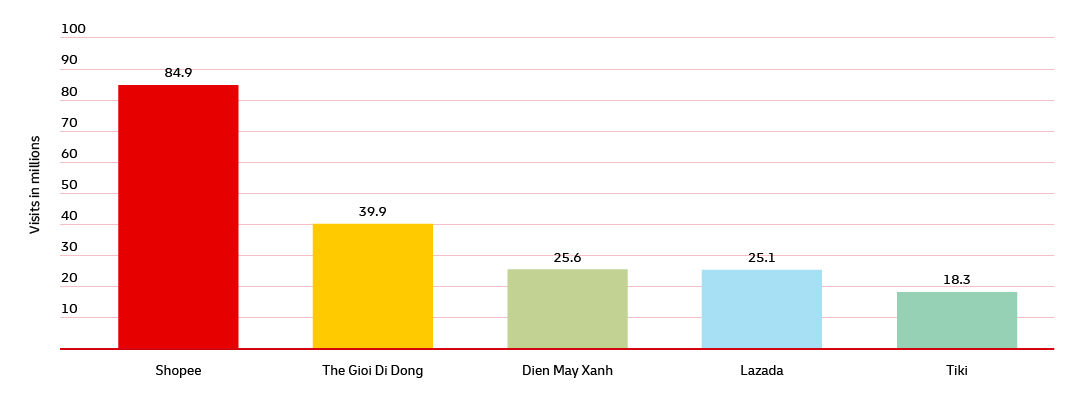
Products from these categories will get your business noticed by Vietnamese consumers – providing you can be competitive with your pricing.
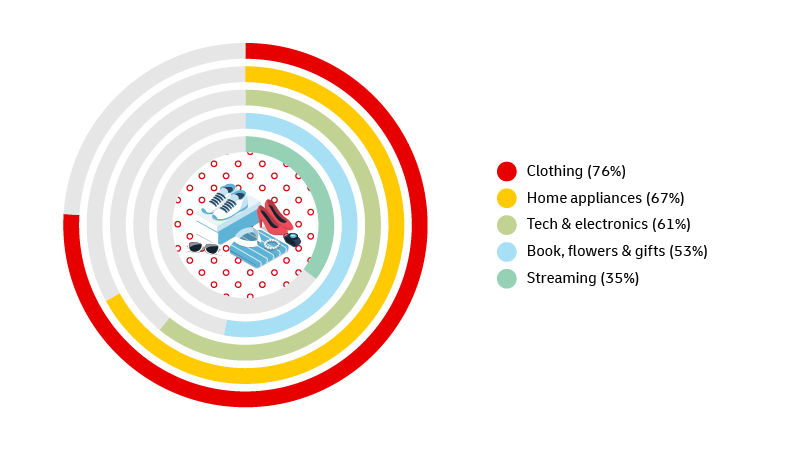
The good news for your business? Many of these purchases would have been from foreign brands – in fact, 38% of all e-commerce transactions in Vietnam are cross-border10.
Research shows that online consumers are more likely to abandon their carts if their preferred payment method is not an option at checkout11. Offering local buyers' favored payment method(s) also helps cross-border brands establish trust with shoppers.
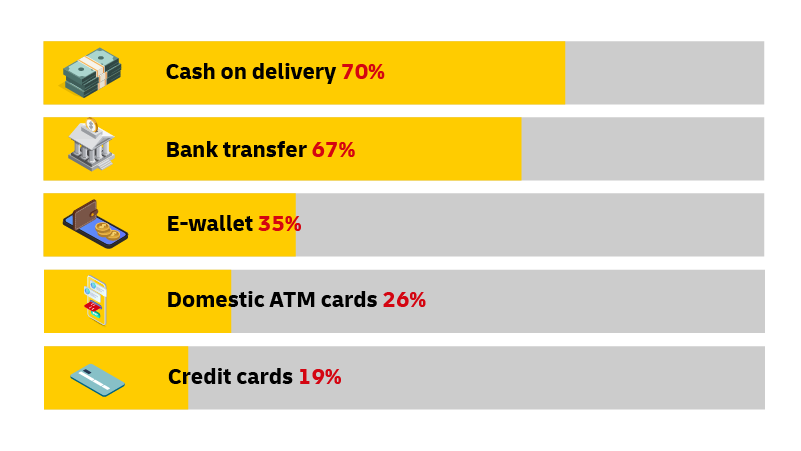
Most popular payment methods for online shopping in Vietnam in 202212
(% of respondents who had paid via that method over a specific time period)
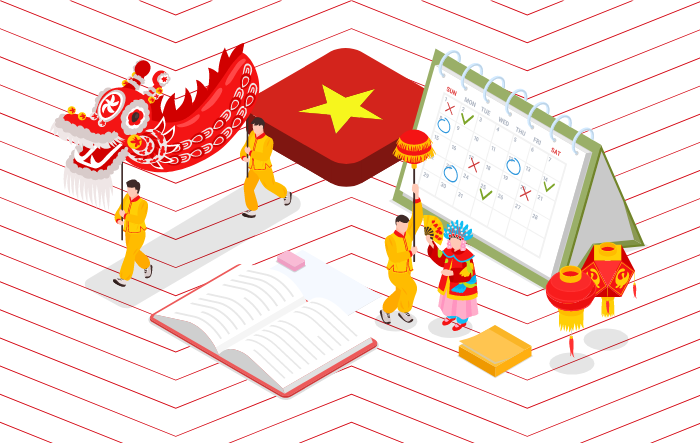
The biggest event in Vietnam is Tet Nguyen Dan (Vietnamese Lunar New Year). It marks the longest public holiday in the country with up to 10 consecutive work-free days. Tết is usually celebrated in January or February, and is the busiest shopping period in Vietnam. People prepare to buy gifts for their loved ones, and shopping takes place in the weeks before.
A shopping event that takes place on September 9th. It is gaining popularity in Vietnam.
Originated in China but has evolved to become the biggest shopping event in the world.
A 24-hour discount event in December.
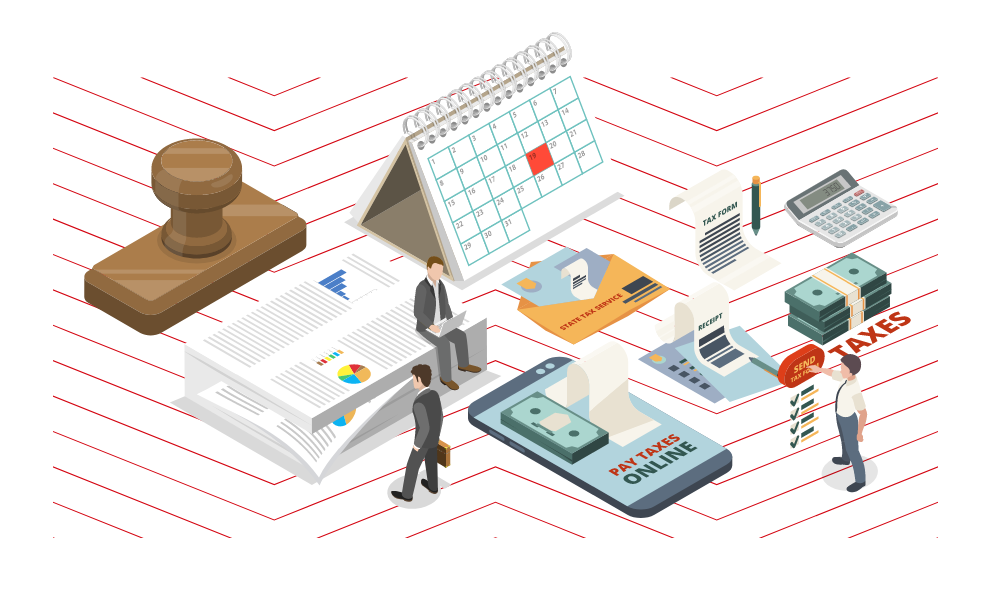
Vietnam’s government has recently implemented new processes intended to tighten up tax and import regulations and ensure all liable taxes are being paid, in particular for online purchases.
Overseas B2B and B2C vendors are now required to pay taxes on sales via the General Department of Taxation (GDT) of Vietnam’s online tax portal.
Vietnam has specific regulations regarding the importation of certain goods, such as pharmaceuticals, chemicals, electronics and agricultural products.
The list of prohibited imports can be found here: Appendix I Decree No. 69/2018/ND-CP
The Vietnam Government may carry out inspections based on quality, health, culture, quarantine, and food safety prior to Customs clearance. Items subject to these inspections include smart cards, bank tokens, medicines, and cosmetics.
Vietnam has a complex tax system with various tax types, including import duties, Value-added tax (VAT) and Special consumption tax (SCT). The tax rates and exemptions vary depending on the type of goods, their origin, and other factors.
Imported duty rates are at 0%, 5%, 10%, 15%, 20%, and 25% based on the commodities type of HS code. The majority are 5%.
It is advisable to work with a local legal expert to help you navigate the intricacies of importing into Vietnam.
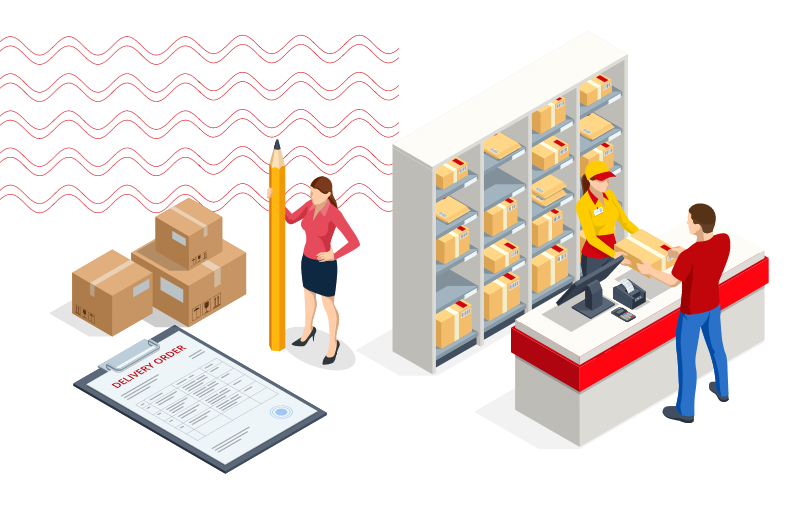
Imported goods must have a label or supplementary label detailing key information, such as Name, Origin, Entity responsible for goods, and Expiry date.
The customs process will depend on whether the buyer in Vietnam is an individual or a business account customer.
For individual buyers, official advice is provided to help guide the buyer through the process of customs clearance services.
For business account customers, DHL offers customs clearance services. As such, merchants can also introduce the advantages of DHL customs clearance to their customers on their own websites/selling platforms.
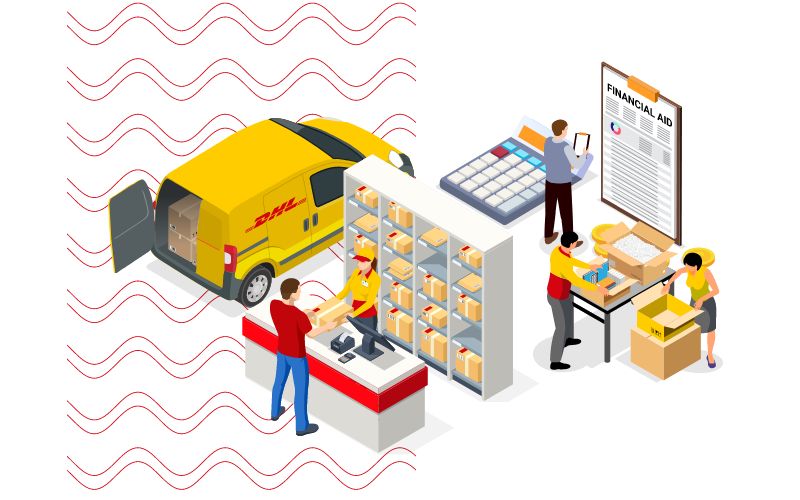
For advice on exporting to Vietnam, businesses can visit the official trade service provided by the government of their country or Vietnam-based organizations. Some examples include:
Certain items need approval from the Vietnam Government, for example:

(Source: Article 11 of Circular 12/2018/TT-BCT)
You’re in the right place! We know that the above guidelines may seem a little overwhelming, but that’s where partnering with DHL will pay off. As international shipping experts, we’ll support you through all customs procedures so that your shipment avoids delays. Sell to the world with DHL!
Start your journey here1 - J.P.Morgan, 2021
2 & 3 – Worldometer, accessed December 2023
4 – J.P.Morgan, 2021
6 – J.P.Morgan, 2021
10 - J.P.Morgan, 2021